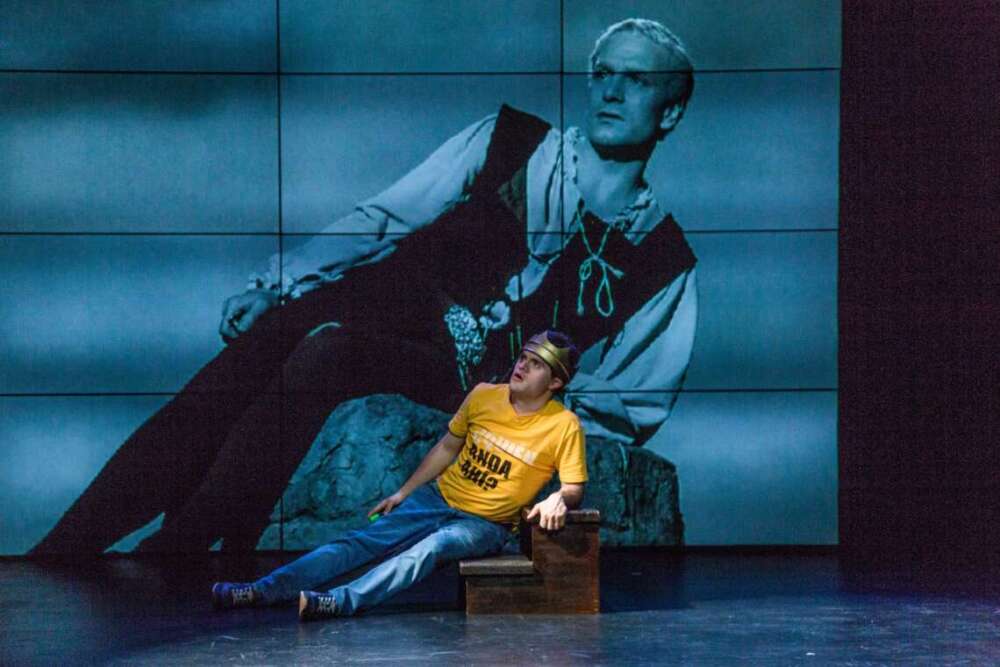Fake pictures are in use in social media for a long time ago. So how do we stop ourselves not to fall into the trap of fake pictures? One of the best ways to do this is to use a reverse image search. It means you will be able to know how to interpret information. Another way is to verify it yourself. Here are some tips and tricks.
Fake images are always there, but this term has received a lot of attention lately. First because of President Donald Trump’s phrase. Recently, it has been due to the Facebook-Cambridge analytic data scandal. The news is mainly a source of information, which means fake news is the opposite. According to the dictionaries, this is a false source of deliberately distributed information to fooling people.

1. Use Reverse Image Search
Most often, forged news comes in the form of an image. Photos that try to deliver some information but actually from other incidents that are entirely unrelated are shared on social media. One of the easiest ways to check whether any picture is real is uploading it to reverse image search.
Press the enter button to browse from there and you can get results. It will help you see if the picture is what it was supposed to be or not. Whether it comes from the right incident or whether someone posts a similar image that might match the content you are looking for.
2. Check whether the image has been denied
Many fake images are recirculated and previously denied. Photo search is a simple and effective way to see how previous photos have been used. Unlike typical internet searches where keywords are determined, the reverse image search for pictures can give the same results yet from a broader database.
The reverse picture search engine index in depth from comprehensive content and get data from always changing social media pages as well. Irrespective of whether the picture is located over the internet, this site will find it. In this way, no online content is left untouched so that you get the most valid results.
You can increase the possibility of getting the finest results by cutting pictures containing areas that are in demand. Because this reverse image search requires you to upload pictures which will be compared to thousands of databases.
3. Check Metadata
Digital pictures often contain rich metadata that can provide instructions on their origin and authenticity. Metadata is data about data. Metadata for digital pictures, including making cameras and models; Camera settings such as the size of the aperture and exposure time; date and time when the picture is taken.
The location of the GPS where the picture is captured; and much more. All these procedures are easily possible with reverse image search which is available at reverseimagesearch.com.
4. Get to know what is Fake
When assessing whether a picture is authentic or not, it is essential to know what can be fake. For example, two people’s picture standing shoulder to shoulder is relatively easy to make by connecting two photos. Likewise, the shark picture swims next to the surfer—the concept of two people who embrace more challenges to make because complex interactions are difficult to falsify.
Modern artificial intelligence and reverse image search can produce a difference between fake and real objects. This is mainly limited to changing faces in pictures, not the entire body. So it is possible to create a good fake from someone who says something they have never done but doesn’t have to do anything with physical actions.
5. Help against the wrong information
Fake pictures have led to terrible violence throughout the world, manipulating democratic elections and civil riots. The prevalence of incorrect information also allows anyone to “fake news” in response to any news stories they disagree with.
I believe that it is essential for the technology sector to make a broad and in-depth change in content moderation policies. Reverse image search technology can no longer ignore direct and measurable losses originating from their sources.

Finally, everyone must change the way they consume and spread content online. When reading online stories, diligently consider the source. Always be careful of extraordinary satirical stories that are often misinterpreted for real news.
Conclusion
Check the date of each story. Many fake accounts continue to recirculate the year after their introduction. Know that many primary backups such as reverse image search are designed to attract your attention. Readout of the editorial to ensure that the story is what it seems to be.
The news you read on social media is fed algorithmically to you based on previous consumption that matches your current view. Finally, extraordinary claims need extraordinary evidence. The reverse image makes every possible way out to search for the authenticity of pictures within a couple of seconds.







